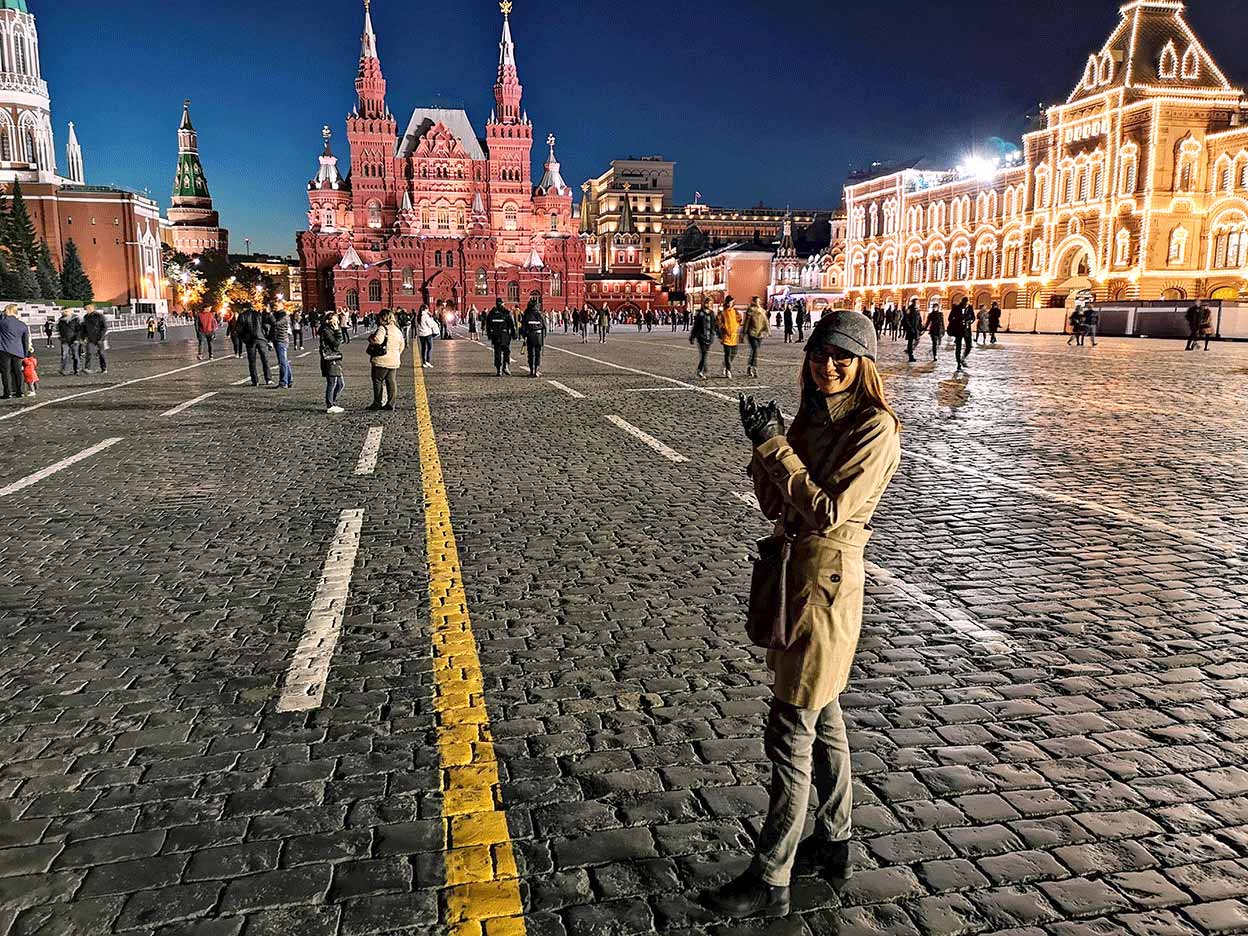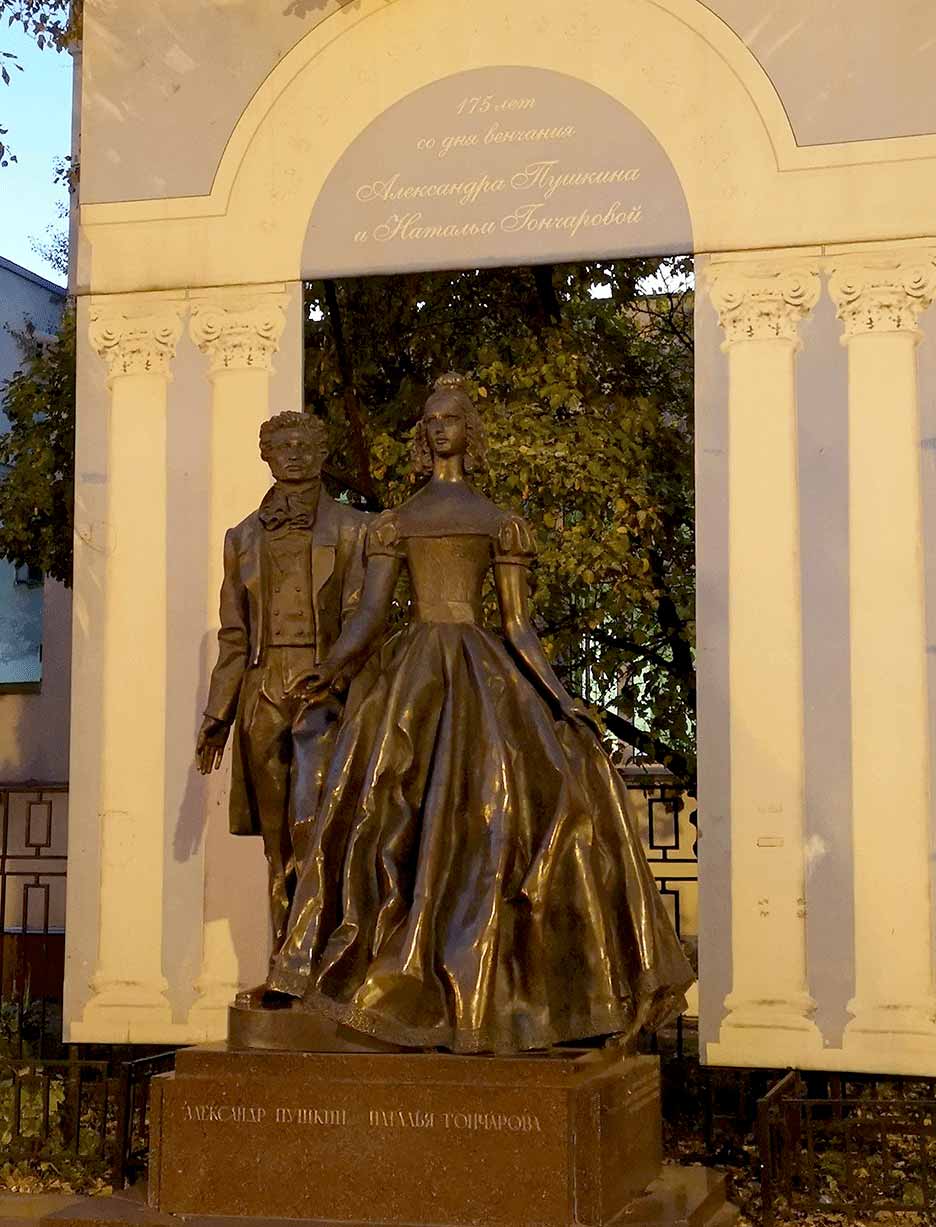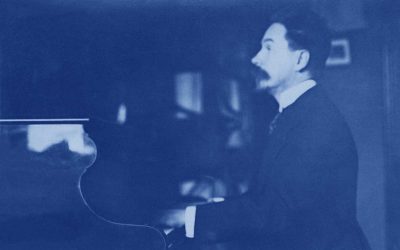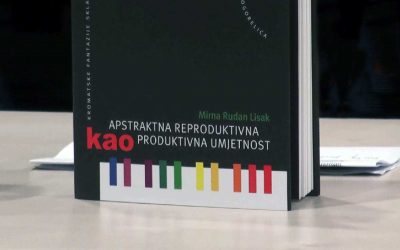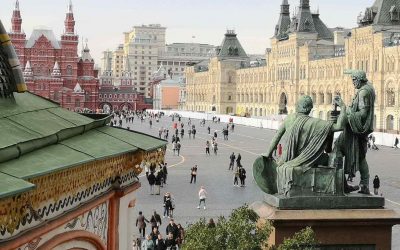Travelogue: Conference in Moscow (Part 2)
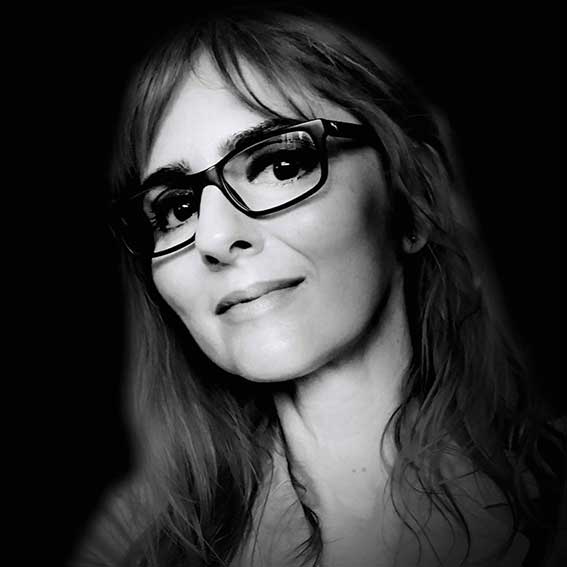
By Mirna Rudan Lisak, PhD
Dec 31, 2018
Trip to Moscow to attend a conference organized to mark the 100th anniversary of establishing the Scriabin Museum
It is New Year’s Eve and it is the last moment to say goodbye—can it be done better than by remembering the highlights of 2018? Of course, for me it was the participation in a conference organized to mark the 100th anniversary of founding the Memorial Museum of Alexander Nikolayevich Scriabin, the famous Russian composer and pianist. Since I devoted to his mystic chord the entire first chapter of my book Abstract Reproductive as Productive Art: Chromatic fantasies of the Composer Alexander Scriabin, Painter Alexej Jawlensky and Pianist Ivo Pogorelich, the Scriabin Museum has invited me to Moscow to present the results of my work, and to listen to what other artists and researchers have to say about Scriabin’s art. The title of the chapter is Alexander Scriabin’s Mystic Chord as a Marionette by Heinrich von Kleist, because in the mystic chord I discerned a figure in motion that comes to life the moment Scriabin, like a puppeteer, from the center of his spiritual creation, manages the world of sounds.
Walking around Moscow at night is a wonderful experience due to the unusual warmth radiated by this often freezing city
Vers la flamme like the flaming form of Saint Basil’s Cathedral
After visiting Moscow, it seems to me that the mobility of the mystic chord, besides in the urban structure of this city, may even more likely have its origin in the blazing form of Saint Basil’s Cathedral. Thus, the decision to project fire during my elaboration of Scriabin’s composition Vers la flamme (Toward the Flame) and Prometheus: The Poem of Fire, in this context, also proved to be appropriate. Obviously, neither Stravinsky was far from the same idea when he composed his world-known masterpiece Firebird. It seems to me that in this picturesque church many Russian artists found a spiritual drive for their artistic concepts, and as it is located at the very origin of Moscow, I cannot escape the impression that it is precisely this church that is the eternal hearth of all Russians, having the power to thaw even the coldest hearts during the endless winter nights. However, I noticed the greatest interest of the audience when I presented the last picture—Sir James Fraser’s spiral illusion, and only now I realize that long before my trip to Moscow, by choosing this pictorial example, I had anticipated my future experience of the rhythm, harmony and melody of the city in which numerous Russian artists had been creating their greatest works (read more in Part 1 of this travelogue).
“During the conference it was wonderful to exchange opinions with numerous Scriabinist artists and researchers, staff of the Scriabin Museum and professors from the Moscow and St. Petersburg Conservatories.”
New acquaintances and friendships
Let’s get back to the conference—it was wonderful to exchange ideas with the museum staff and professors from Moscow and St. Petersburg Conservatories. On top of that, the place in the conference schedule reserved for my lecture was indeed a great honour: on the second day, the first lecture was given by Mo. Atanas Kurtev—Fellow of the Bulgarian Academy of Sciences and Arts, and world-known pianist who teaches at numerous francophone European Conservatories. After his lecture, I was the one to present my work on the mystic chord, and then the podium was reserved for Mr. Alexander Serafimovich Scriabin, PhD—descendant of the Scriabin family, a President of the Scriabin Fund in Moscow, and an Honorary President of the UK-based Scriabin Association. As I do not speak Russian, I prepared my lecture in English and sent the text to the Scriabin Museum, so that colleague Areg Mekhakyan, who—in addition to preparing an extremely interesting lecture on the connection between Scriabin’s music and Eastern philosophy—was kind to translate it into Russian to be able to simultaneously read part by part during my presentation. This is why everyone expected me to speak English, not knowing that, as an expression of respect and gratitude, I prepared the first few sentences in fluent Russian (I practiced proper accents for a week). I will never forget the spontaneous smile of the audience as a reaction to that surprise. Everyone was very friendly during the conference: Mr. Vladimir Popkov, the Head of the Scientific Research Department, made sure that everything developed smoothly from the first invitation letter until the departure from Moscow, and one of the most fascinating people I had a chance to meet was Mrs. Valentina Vassilyevna Rubtsova, the Editor-in-Chief of the famous publishing house and magazine Music.
Real life stories are often like fairytales
Every story that resembles a fairytale always has an unexpected epilogue, thus this one is no different. When I returned to Zagreb, colleagues from the Scriabin Museum contacted me to inform me that on the occasion of the 100th anniversary of establishing the Museum they would like to publish my entire essay on the mystic chord in Russian! Since translating into a foreign language is the greatest dream of all authors, I immediately started working. Eighty pages urgently needed to be translated into English so that the Museum would have enough time to translate it into Russian and publish it next year. The indication that the New Year could be as good as the past one was the best possible ending of 2018, so in Scriabin’s spirit I wish you to fulfill all of your chromatic fantasies and all the best in 2019!
“Translation into a foreign language is every author’s dream.”
“Translation into a foreign language is every author’s dream.”
Real life stories are often like fairytales
Every story that resembles a fairytale always has an unexpected epilogue, thus this one is no different. When I returned to Zagreb, colleagues from the Scriabin Museum contacted me to inform me that on the occasion of the 100th anniversary of establishing the Museum they would like to publish my entire essay on the mystic chord in Russian! Since translating into a foreign language is the greatest dream of all authors, I immediately started working. Eighty pages urgently needed to be translated into English so that the Museum would have enough time to translate it into Russian and publish it next year. The indication that the New Year could be as good as the past one was the best possible ending of 2018, so in Scriabin’s spirit I wish you to fulfill all of your chromatic fantasies and all the best in 2019!
You may also like our other publications…
Translation of Igor Belza’s book on Scriabin
The book ”Alexander Nikolayevich Scriabin” written by Igor Belza was translated from Russian into Croatian and published by the Mala zvona publishing house
Book entitled “Abstract Reproductive as Productive Art”
First book in Croatia on Scriabin; subtitle: Chromatic fantasies of the composer A. Scriabin, painter A. Jawlensky and pianist I. Pogorelich
How I met Alexander Serafimovich Scriabin
Prof. Božo Kovačević, former Ambassador of the Republic of Croatia to the Russian Federation, writes about his friendship with Scriabin’s descendant
Translation of Igor Belza’s book on Scriabin
The book ”Alexander Nikolayevich Scriabin” written by Igor Belza was translated from Russian into Croatian and published by the Mala zvona publishing house
Book entitled “Abstract Reproductive as Productive Art”
First book in Croatia on Scriabin; subtitle: Chromatic fantasies of the composer A. Scriabin, painter A. Jawlensky and pianist I. Pogorelich
How I met Alexander Serafimovich Scriabin
Prof. Božo Kovačević, former Ambassador of the Republic of Croatia to the Russian Federation, writes about his friendship with Scriabin’s descendant
Valery Kastelsky and Scriabin’s Piano Sonata No. 7
R. Dalibaltayan about his Professor V. Kastelsky, one of the greatest pianists and pedagogues of the second half of the 20th century
